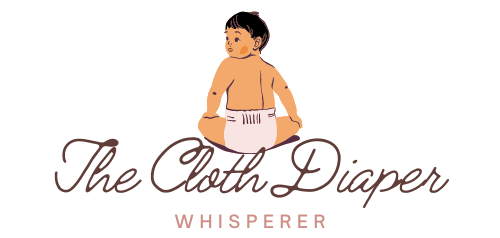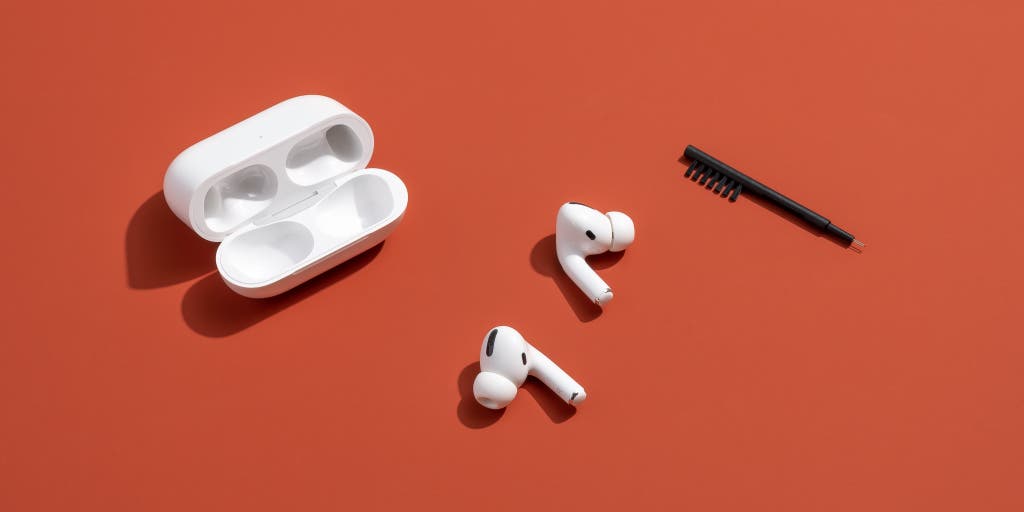Sanitize used cloth diapers by first rinsing them in cold water, then washing with hot water and a small amount of bleach. Air dry the diapers or use a hot dryer cycle to complete the sanitization process.
Cloth diapers offer an eco-friendly and cost-effective alternative to disposables, but keeping them clean and germ-free is crucial for your baby’s health and comfort. Proper sanitation is key to ensuring that the diapers remain safe for reuse. Unlike disposable diapers, cloth versions require a specific cleaning routine to maintain their integrity and hygiene levels.
Sanitization not only extends the life of the diapers but also protects your baby from potential skin irritations or infections. This guide provides straightforward steps to effectively sanitize cloth diapers, ensuring they are thoroughly clean for your little one’s next use. By following these practices, you’ll have peace of mind knowing that your baby is wearing clean, fresh, and safe diapers.

Credit: www.amazon.com
Cloth Diaper Cleaning Basics
Understanding the types of fabrics used in cloth diapers and the detergents apt for cleaning is crucial for maintaining their longevity and effectiveness. Each fabric from microfiber to bamboo has its own care instructions, and selecting a detergent that is free from fragrances, dyes, and fabric softeners is essential. A baby’s sensitive skin requires that no harsh chemicals reside in their diapers.
Embarking on pre-washing techniques, it’s important to first rinse used cloth diapers in cold water to prevent stains from setting. This initial step helps in removing the bulk of waste before a main wash cycle. Following this pre-wash, a longer, hot water wash cycle should be used to thoroughly clean and sanitize the diapers. The use of the correct wash routine effectively combats bacteria and odors.
Considering water temperature plays a significant role in sanitizing used cloth diapers, it’s imperative to use hot water, typically between 130-140°F (55-60°C). This level of heat assists in deep cleansing fabrics, ensuring that all remnants of waste and bacteria are eradicated, thus providing a sanitary diaper for your baby’s use.
Sanitize Used Cloth Diapers Like A Pro
- Gloves to protect your hands during the cleaning process
- Bucket or bathtub for soaking diapers
- Washing machine, ideally with a hot water cycle
- Disinfectant safe for use on cloth diapers (e.g., chlorine bleach or oxygen bleach)
- Laundry detergent designed for sensitive skin, free from perfumes and dyes
- Water at different temperatures for washing and rinsing
- Optional: Deodorizing agents like white vinegar or baking soda
Initiate the process by rinsing dirty diapers in cold water to remove solid waste. Transition to a hot water cycle, adding the appropriate amount of disinfectant as suggested by the product’s guidelines. Post-disinfectant cycle, follow up with another hot wash cycle, this time including your laundry detergent. Double-rinse the diapers in cold water to ensure the removal of any residual bleach and detergent. Air dry the diapers in sunlight if possible, as UV rays offer additional sanitizing benefits.
For stubborn stains, pre-treat with a paste made from laundry detergent and water, applying directly to the stain before the wash cycle. Alternatively, soaking in oxygen bleach and water can be highly effective. Dealing with odors may require adding a half cup of baking soda to the wash cycle or a quarter cup of white vinegar during the rinse cycle. Always ensure the diaper’s material is compatible with your chosen stain or odor treatment to maintain the integrity of the fabric.
Maintaining Diaper Hygiene Post-sanitization
Maintaining diaper hygiene post-sanitization is crucial to ensure the health and comfort of your baby. Proper storage methods for sanitized diapers include keeping them in a clean, dry place away from direct sunlight. A dedicated diaper storage container or a hanging wet bag with good airflow can prevent moisture accumulation and ward off potential bacterial growth.
It’s recommended to incorporate a frequency of sanitizing in diaper rotation based on usage. A practical approach could involve sanitizing cloth diapers after every 2-3 wash cycles or if any signs of yeast or bacterial infection present.
To hinder bacterial buildup, always rinse diapers promptly after use and store in a dry pail. Employing a regular wash routine with a high-quality, fragrance-free detergent and hot water can also be effective. Periodic sun drying serves as a natural disinfectant and can keep the diapers fresh and ready for use.
Frequently Asked Questions On How To Sanitize Used Cloth Diapers
Can You Sanitize Cloth Diapers Without Bleach?
Yes, you can sanitize cloth diapers without using bleach. Use a solution of hydrogen peroxide and water, or add grapefruit seed extract to your wash. Sun drying also helps disinfect due to UV exposure.
What Temperature Kills Bacteria In Cloth Diapers?
Hot water, typically at or above 130°F (55°C), is effective for killing bacteria in cloth diapers. A hot wash cycle when laundering can sanitize the diapers sufficiently.
How Often Should You Wash Used Cloth Diapers?
Used cloth diapers should be washed every 2-3 days. Frequent washing prevents ammonia and bacteria buildup, reduces odor, and maintains the diapers’ absorbency and fabric integrity.
Is It Safe To Use Vinegar To Clean Diapers?
Using vinegar is safe for cleaning cloth diapers occasionally. It helps remove odors and residue. However, frequent use can wear down the fabric, so use it sparingly.
Conclusion
Sanitizing used cloth diapers effectively is vital for your baby’s health and skin comfort. Remember, routine cleaning combats bacteria and odors. Choose your method, hot water or sanitizing solutions, and maintain a schedule. You’re now equipped to keep those diapers fresh and safe, ensuring a happy, healthy baby at home.

Dr. Leah Alexander, M.D., is a board-certified Pediatrician in New Jersey and has been working at Elizabeth Pediatric Group of New Jersey since 2000. Since 2005, Dr. Alexander has worked as an independently contracted pediatrician with Medical Doctors Associates at Pediatricare Associates of New Jersey.
She also has a passion for culinary arts that extends beyond the medical realm. After completing culinary school at the French Culinary Institute, she started Global Palate, LLC, a catering firm, in 2007. She ran her own catering company for six years and served small group parties as an owner and executive chef.

